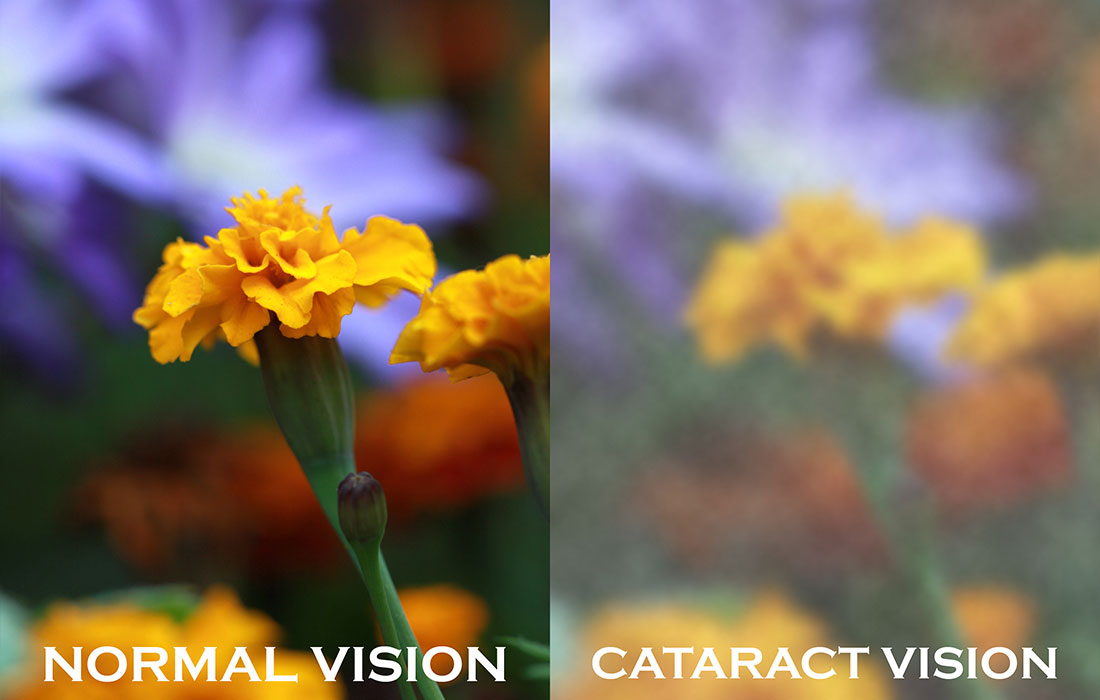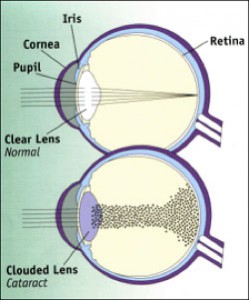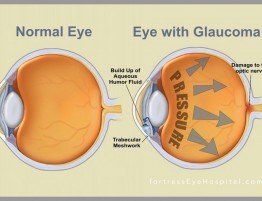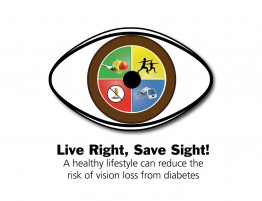
Why does a cataract develop?
In the majority of cases, the cause is a natural ageing of the lens. Normally the lens is completely transparent, but with time the lens proteins become gradually hazy.
The majority of people aged 65 or over has some degree of cataract. Younger people can develop cataracts due to a family tendency.A cataract may also develop due to other reasons, such as a congenital phenomenon in babies, in diabetes and other general diseases. Certain medications such as steroids can cause cataracts, as can eye trauma and various eye diseases such as chronic inflammation or high myopia.
What problems do cataracts cause?
The commonest problem is blurry vision that develops gradually. Some patients complain mainly of severe glare in the sun or from headlights when driving at night. In the early stages a more frequent updating of your glasses may help, but eventually even this is of only minimal benefit or none at all.
When should a cataract operation be performed?
Waiting a long time until vision is very poor and the cataract is ‘ripe’, is no longer the modern approach. Cataract removal is considered appropriate as soon as the degree of visual handicap starts to effect daily activities and quality of life. Active individuals, for example drivers, who require excellent vision, will feel the need for surgery at an early stage, whilst others who are less active, will be content to wait longer.
Only rarely is cataract surgery considered urgent in order to prevent irreversible damage to the eye. However very advanced cataracts, and other coexisting disease in the eye may make any operation technically more difficult. Obviously a decision to operate is made together by doctor and patient with all factors considered.
What happens during a cataract opertion?
The majority of cataract operations today are carried out under local anaesthetic with either eye drops alone or with an injection around the eye. Age and general health are usually not problematic. Most patients do not require admission to hospital.
Modern cataract procedures involve microsurgical techniques, usually without stitches and with rapid recovery. The most popular technique today -called Phaco-involves the fragmentation of the lens inside the eyeball using ultrasound energy. The fragments are sucked out through a small incision. In place of the cataractous lens, a plastic transparent artificial lens is then implanted and stabilised within the original lens capsule. The power of the implanted lens has to be measured before the operation during an examination called biometry.
After the operation
Most patients see well within a short time and can return to full activities. Eye drops are prescribed to aid the healing process. There are no restrictions on general functioning or physical activities. Only a physical blow or excessive rubbing to the eye may cause damage and is to be avoided.
Many patients require glasses after a cataract operation either for reading, distance or both-even if glasses were not worn beforehand.
Risks of cataract surgery
As in any operation small risks do exist including infection, inflammation, haemorrhages, raised intraocular pressure and others. In very rare cases vision may deteriorate after surgery or the health of the entire eyeball may be compromised.
However cataract surgery today is very safe with an improvement in vision being achieved in well over 95% of cases. The risk of complications has been reduced to a minimum.





